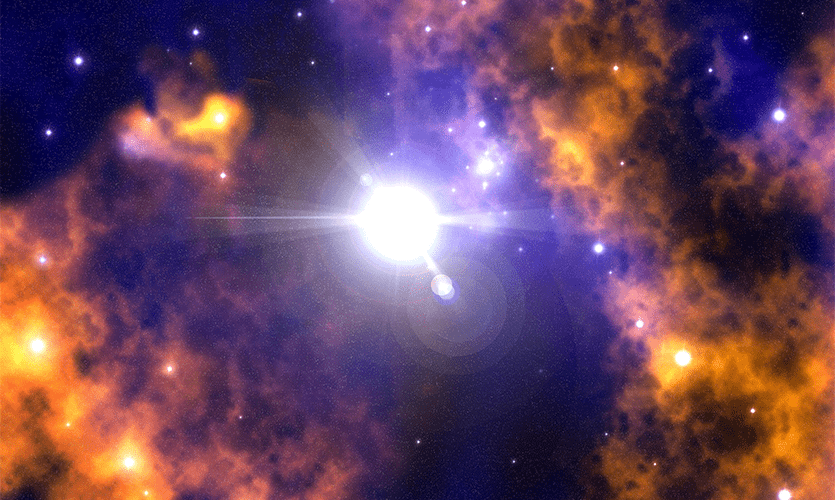Astronomers and space scientists from across Europe to link up in Liverpool

The European Week of Astronomy and Space Science (EWASS) 2018 will be taking place in Liverpool for the first time next April (3-6) at the Arena & Convention Centre. Held jointly with the Astrophysics Research Institute of Liverpool John Moores University, the European Astronomical Society, and the National Astronomy Meeting (NAM) of the Royal Astronomical Society, the event is expected to welcome well over 1000 astrophysicists, planetary scientists and solar physicists from all over Europe and beyond, with the Science and Technology Facilities Council (STFC) as one of the main sponsors.
The ARI was chosen to host this event as it is one of the world's leading authorities in astronomy and astrophysics. It owns and operates the world’s largest fully robotic telescope – the Liverpool Telescope.
Professor Chris Collins, Head of the ARI and Chair of the EWASS 2018 scientific organising committee, said:
“This is a fantastic opportunity for the UK and Europe to showcase exciting astronomical discoveries and new technologies to a wider audience of astronomers and space scientists here in Liverpool. The four-day EWASS event will cover nearly all fields in astronomy and astrophysics.”
The conference will see some leading advances in astronomical research announced and will feature several high-profile speakers, with names set to be released soon.
Dr Matt Darnley, Reader in Time Domain Astrophysics at LJMU and LOC Chair for EWASS 2018 said:
“From the first photographic images of the Andromeda Galaxy taken by Isaac Roberts in the 19th century, Liverpool has been a city at the frontier of research in astronomy, physics and engineering. We’re extremely excited to host this event to bring together astronomers and share expertise.”
“The Liverpool Telescope, operated from the city at the LJMU Astrophysics Research Institute is one of the largest and most advanced fully robotic telescopes in the world, specially dedicated to the study of the rapidly changing Universe.”
Professor Roger Davies, EAS President, said:
“Public interest in astronomy and space science has always been high in the UK and EWASS will give British and European companies unparalleled access to international organisations and collaborations.”
Professor John Zarnecki, President of the Royal Astronomical Society, said:
"EWASS is the major astronomy and space science event in the European calendar. UK scientists are very much committed to collaboration with our peers across the continent, so I'm delighted that we will host the meeting in 2018."
The LJMU Astrophysics Research Institute is currently in the process of designing the New Robotic Telescope, a facility which will take the Liverpool Telescope’s crown as the world’s largest robotic telescope dedicated to transient science, and which will be a powerful tool in the search for Earth-like planets, gravitational wave sources and explosive objects over the coming decades.
Read more on how the ARI are involved in the New era of gravitational wave astronomy
Twitter @EWASS2018 and #EWASS2018


